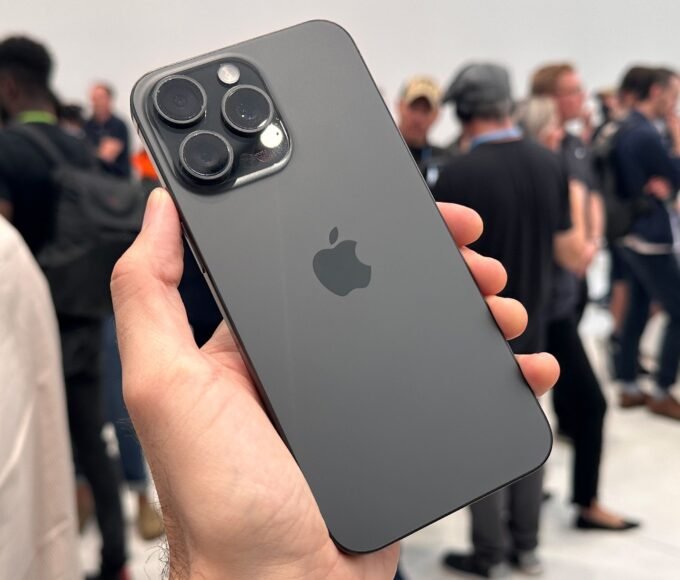In our increasingly digital and visually-driven world, the term “audio visual” is becoming more commonplace. For those new to the topic, it might seem like a complex blend of sound and visuals. In reality, it’s a field that touches various aspects of our lives, including the crucial healthcare industry. In this article, we’ll explain what audio visual means, delve into the world of visual services, and explore how audio visual products can benefit the wellhealthorganic.com:health-hazards-of-prolonged-sitting healthcare sector.
What is Audio Visual?
Audio visual is a term that combines two elements: audio, which refers to sound or the sense of hearing, and visual, which pertains to sight or vision. When these two aspects are integrated, it forms a multimedia experience that combines both auditory and visual components.
In simple terms, audio visual encompasses everything related to sound and visuals working together. It can range from the simplest of presentations, where a speaker uses a microphone and a projector, to more complex setups like a movie theater with surround sound and a spotify.com/pair massive screen.
What Does an Audio Visual Service Mean?
An audio visual service refers to a professional service that provides equipment, expertise, and support for creating, enhancing, and managing audio experiences. These services can be employed in various settings, including corporate boardrooms, classrooms, event venues, and, as we’ll explore in more detail, the healthcare industry.
Audio visual service providers offer a wide array of services, such as:
- Equipment Rental and Installation: They supply and set up audio equipment, such as projectors, screens, sound systems, and lighting, tailored to the specific needs of their clients.
- Event Production: For conferences, meetings, and events, audio service providers ensure that all technical aspects run smoothly. This can include live streaming, video recording, and coordination of presentations.
- Maintenance and Support: Ongoing maintenance and technical support are crucial for ensuring that audio visual systems function properly. Service providers offer assistance when problems arise and can perform regular maintenance to prevent wellhealthorganic.com:health-hazards-of-prolonged-sitting issues.
- Custom Solutions: They design and implement custom audio visual solutions for unique needs, such as interactive displays, video walls, and telemedicine setups.
How Can Audio Visual Products Help Those in the Healthcare Industry?
Now that we understand what audio visual means and the role of audio services, let’s explore how audio visual products and services wellhealthorganic.com:health-hazards-of-prolonged-sitting can benefit the healthcare sector:
1. Telemedicine and Remote Patient Care:
Audio visual technology has revolutionized healthcare by enabling remote patient consultations, known as telemedicine. Through video conferencing and high-quality audio, doctors can diagnose and treat patients without the need for physical presence. This is particularly valuable for patients in remote areas or those with mobility issues. Telemedicine also allows specialists to collaborate on complex cases, improving patient outcomes.
2. Patient Education:
Audio visual products are indispensable for patient education. Hospitals and healthcare facilities use multimedia presentations and videos to explain medical procedures wellhealthorganic.com:health-hazards-of-prolonged-sitting, post-operative care instructions, and health promotion. Visual aids enhance comprehension and help patients take a more active role in managing their health.
3. Medical Training and Simulation:
In healthcare education, audio products are employed for realistic medical training and simulations. Medical students and professionals can practice surgical procedures, patient assessments, and emergency response scenarios using high-fidelity simulations. This improves their skills and prepares them for real-life situations.
4. Digital Signage and Wayfinding:
Navigating large healthcare facilities can be confusing. Digital signage and wayfinding systems use audio visual displays to guide patients and visitors, reducing stress and improving the overall patient experience. These systems can provide real-time information on appointments, directions to departments, and emergency alerts.
5. Remote Monitoring and Diagnostics:
Audio products play a crucial role in remote patient monitoring. Wearable devices equipped with audio and visual sensors can track vital signs, transmit data to healthcare providers, and even provide live video feeds for real-time assessments. This technology is especially beneficial for patients with chronic conditions or those recovering at home.
6. Healthcare Presentations and Conferences:
Within healthcare organizations, audio services are vital for presentations, conferences, and training sessions. They ensure that information is conveyed clearly and effectively to medical staff, administrators, and stakeholders. High-quality audio and visual components are essential for maintaining engagement and understanding.
7. Diagnostic Imaging and Visualization:
Audio visual technology is at the core of diagnostic imaging in healthcare. This includes radiology displays, ultrasound imaging, and endoscopy systems. These tools enable healthcare professionals to visualize and diagnose medical conditions accurately.
In conclusion, audio visual services and products are not just about creating captivating presentations or entertainment experiences. They are essential tools that enhance healthcare delivery, education, and accessibility. From telemedicine to patient education and beyond, audio solutions have transformed the healthcare industry, improving patient outcomes and the overall quality of care. As technology continues to advance, we can expect even more innovative applications of audio visual products in healthcare, further revolutionizing the field.








Leave a comment